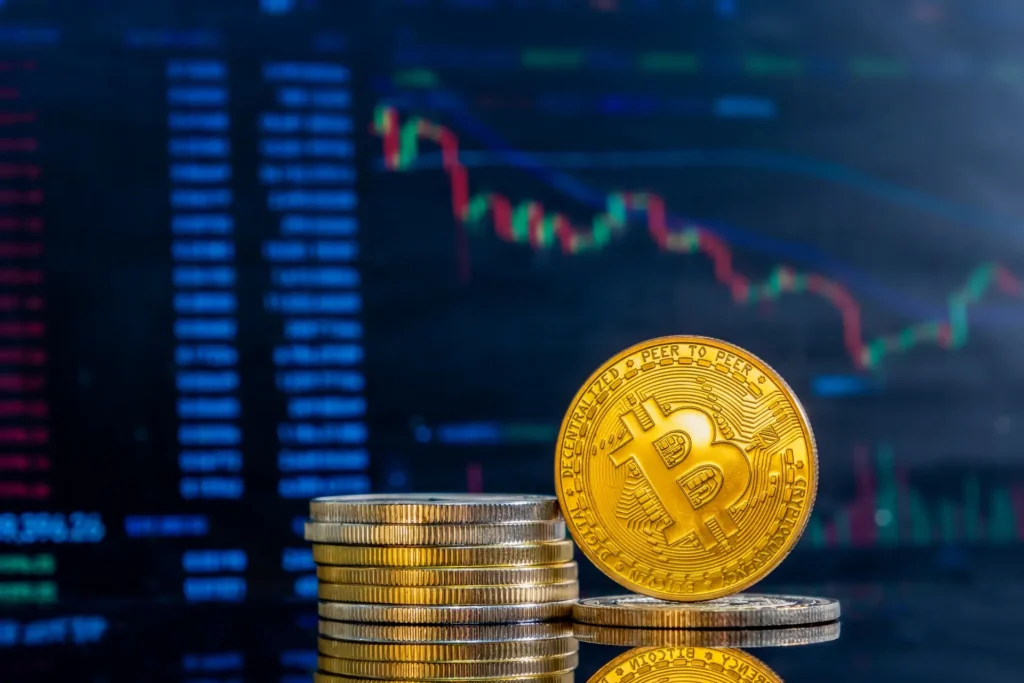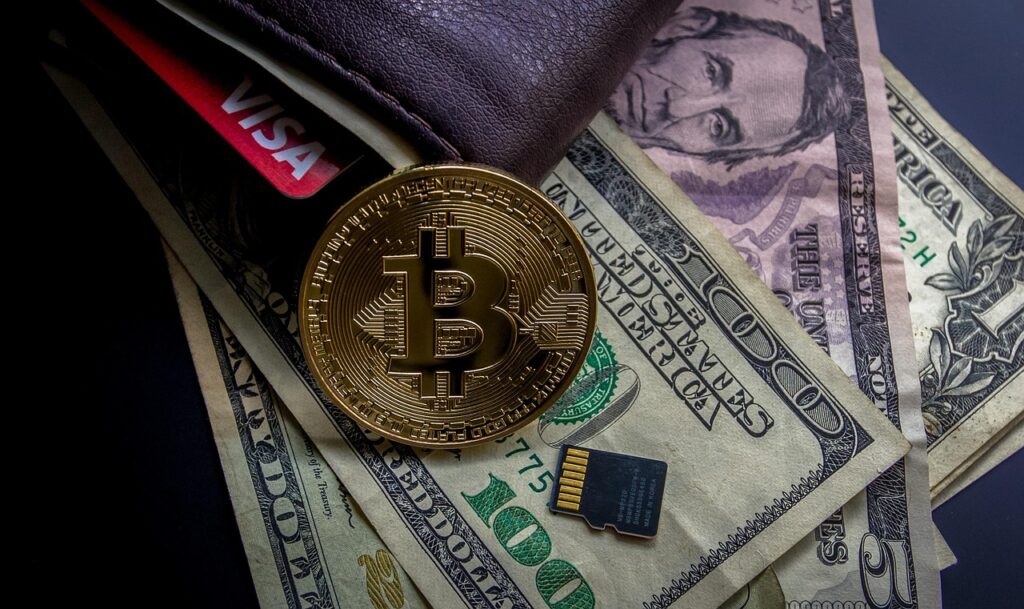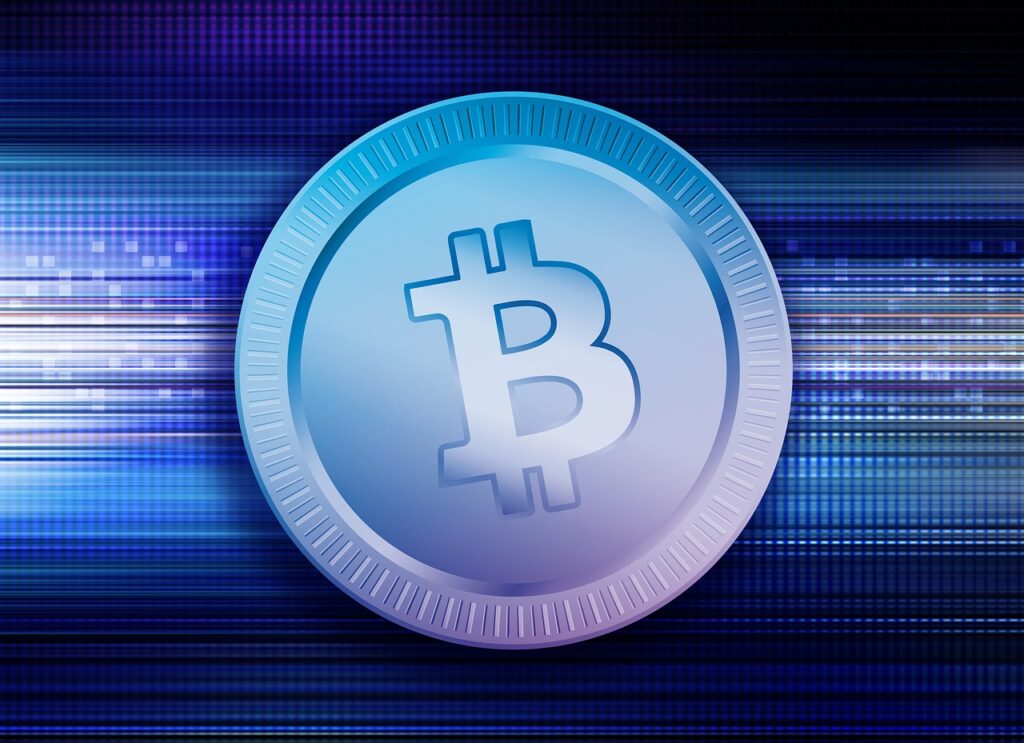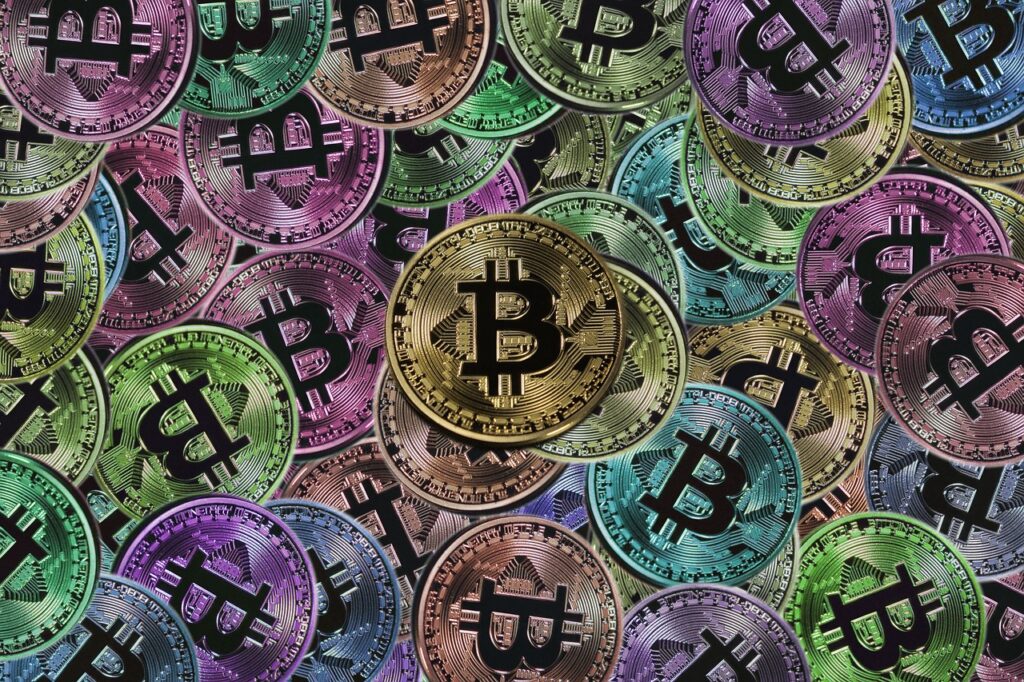Table of Contents [hide]
Bitcoin Gains as Wall Street Bleeds $3.5 Trillion Amid Tariff Tensions and Inflation Warnings
While traditional markets continue to fall, Bitcoin is making waves with its strength and growth, even as U.S. stocks suffer their most dramatic two-day decline in years.
On the 4th of April, the market plummeted for a second straight day, dramatically wiping out a massive $3.5 trillion value. In the middle of all this crisis are renewed tensions over trade that were triggered by former President Donald Trump’s “reciprocal tariffs” and a caution by Federal Reserve Chair Jerome Powell concerning the increasing danger from “higher inflation and slower growth.”
Powell Warns of Economic Headwinds
At a press event, Powell adopted a cautious attitude, recognizing the possibility that the new round of tariffs may have an impact on the economic outlook. Powell warned that the tariffs could push up the inflation rate above the Fed’s target of 2:
“While tariffs are highly likely to generate at least a temporary rise in inflation, it is also possible that the effects could be more persistent.”
It comes several months following the Fed suggested a soft landing through a reduction in the interest rate. The forecast is not as optimistic.
Just before Powell’s speech, Trump took to Truth Social to blast Powell again, calling for immediate cuts to the rate and criticizing Powell as not being “always late.”
The Fed’s Crossroads: Cut Rates or Hold Steady?
The economy is in weak shape and the economy is in a state of decline. The Fed has to make a hard choice: either keep a pause on the rate of reduction, or move swiftly if the economy’s performance deteriorates. Powell was vague about the matter:
“Too soon to say what will be the appropriate path for monetary policy.”
The current situation is made more complex due to the mixed market indications. As the March unemployment rate climbed upwards to 4.2 percent from 4.1 percent, non-farm Payrolls were higher than expected, adding 228,000 jobs, an indication of the strength that is underneath. Its Consumer Price Index (CPI) has also shown a rise of year-over-year rise of 2.8 percent, keeping the issue of inflation front and center in the lead-up to April’s latest report.
Meanwhile, Bitcoin Holds Strong
While U.S. equities cratered, Bitcoin (BTC) went in the other direction. As the Dow Jones dropped over 2,200 points, and the S& P 500 dropped 10% over two days, Bitcoin increased, hitting $84,720 on April 4.
Based on the market tracker Watcher Guru:
“$3.25 trillion was wiped off the US stock market this morning. $5.4 billion has been added to the cryptocurrency market.”
This move has led to new discussion about Bitcoin’s “decoupling” from the traditional market. An independent market analyst, Cory Bates, shared a chart and noted:
“Bitcoin will be decoupling in front of our faces.”
After a peak of 9 days at the beginning of the week Bitcoin was briefly slowed after the announcement of tariffs by President Trump, but quickly recovered with a strong hold over the $82,000 mark.
Tariff Fears Could Fuel Crypto Demand
With Trump increasing his threats to increase tariffs as well as China reacting by imposing a tariff of 34% on U.S. goods, volatility is likely to continue to shake investors. This is where Bitcoin can shine, as a security against geopolitical and economic uncertainties.
It’s not the first occasion that markets have responded to fears of a trade war. In the course of the 2018 U.S.-China conflict, Bitcoin saw sharp price changes as well as a 15 percent increase amid major tensions.
With the familiar tensions back and the Fed being under attack, Bitcoin could once again turn into a reliable investment option as conventional markets teeter.
It’s a matter of fact: amid ever-growing anxiety about inflation, uncertainty as well as political pressures, Bitcoin may be carving out a route independent of itself, and does not depend on Wall Street’s performance.



















